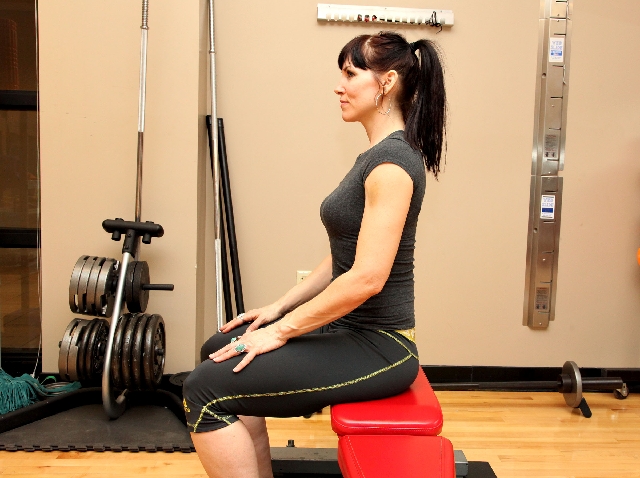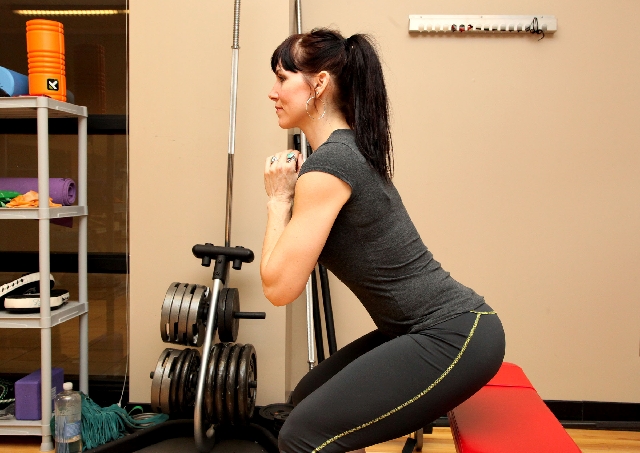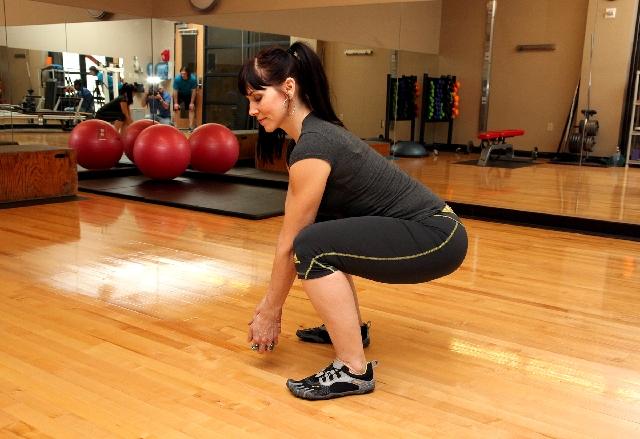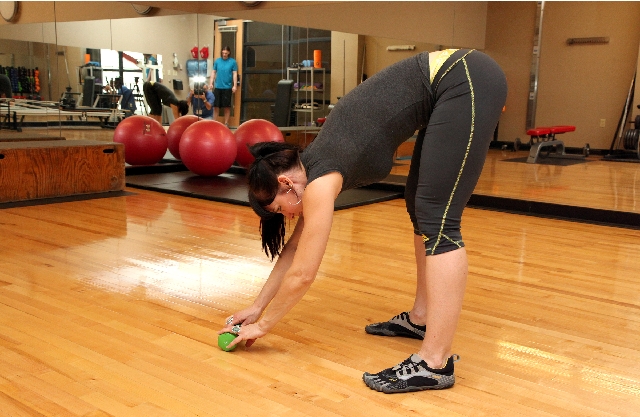Proper functional movements can help prevent injuries
Do you like functional movements? Do you do them here or there? Would you do them in a house? Would you do them with a mouse? On a box? With a fox?
I would not do them in a house. I would not do them with a mouse. I would not do them here or there. I do not do functional movements anywhere!
Can you tell that I read Dr. Seuss to my little girl? Sometimes I feel like poor Sam-I-am trying to get a nice guy to try something new. I know functional movements are life changing, but for some reason or another people just don’t like the look of them.
By functional movements I mean squats and dead lifts. Sure there are others we could address, but these two are the big ones. In the gym we work on form, technique, and even add load to these movements. In reality, you can find these movements in most every aspect of daily living.
In the morning, the first thing you do is put your feet on the floor and “squat” out of bed. Then you make your way to the bathroom where another version of a squat takes place. In the kitchen you hinge at the hip and “dead lift” the milk from the bottom shelf of the refrigerator. Having poured your bowl of sugar cereal, you “squat” into your chair at the table and eat breakfast. When you’re done, you guessed it, you “squat” out of your chair. Before you leave, you “dead lift” your shoes off the floor and “squat” at the couch to put them on.
We people sure do a great deal of moving just to get going in the morning. No, getting ready in the morning doesn’t count as a workout.
Think about this: What if someone had bad form during one of these movements during the day? It probably wouldn’t make a huge difference in how that person lived. What if that same person eventually performed 90 percent of those movements with incorrect form? That could lead to some issues. Depending on the flaw, it could result in muscle imbalances or possibly pain.
If that person did have to lift something heavy, most of the practice they have is with bad form. Your guess is as good as mine if they get hurt or not.
My point is that functional movements in the gym transfer to daily living. The form is no less important. Training yourself to be mindful of your situation and remember proper lift techniques may prove to be difficult. That’s what gym buddies are for. Try sending phone pictures to each other of the different places you find your lifts. Or sharing lift stories on the day when you meet up for your workouts.
Two lifts that we use daily are the squat and the dead lift. Every time you sit into a chair or stand from a seated position, that’s a squat. Picking anything up off the floor, that is a dead lift. Some movements don’t require a full range movement to get the job done. For example, taking a sip of water from a drinking fountain is a partial range dead lift.
Bending the back is a common problem with squats and dead lifts. We have these large and powerful joints called hips. They can more than cover the load of our body weight to sit and lift everyday things. If the hips are lazy, then the spine takes over for bending and lifting. Ouch! Contracting the core turns the spine into one solid unit. That way the hips can do their job by doing the heavy lifting.
Sometimes the knees get loaded before the hips. I see it every day. The knees shoot forward, the heals may even rise and THEN the hips will hinge. Bending the knee first puts the heavy load on them. Remember, the biggest joints get the bigger load. Hips bend first and then the knees follow.
If you do not like functional movements, try them; try them and you may. Try them and you may I say.
Chris Huth is a Las Vegas trainer. You can contact him at 702trainer@gmail.com. Before beginning any exercise program, consult your physician.































